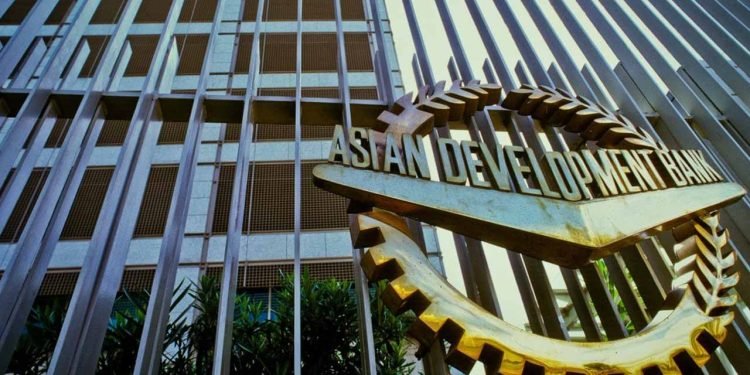Pakistan has the highest cost of living in Asia: Asian Development Bank

ISLAMABAD: The Asian Development Bank (ADB) report revealed that Pakistan has the highest cost of living in all of Asia with an inflation rate of 25 percent and its economy growing at the fourth slowest pace in the region at 1.9 percent.
According to media reports, the Asian Development Outlook also paints a gloomy picture for the next fiscal year, with inflation forecast at 15 percent for the next fiscal year, the highest among 46 countries. The country’s projected growth rate is 2.8%, the fifth lowest for the fiscal year 2024–25.
The Manila-based lending agency said inflation in Pakistan is expected to be 25 percent this fiscal year, the highest in all of Asia. This makes Pakistan the most expensive country in Asia. Earlier, the cost of living in Pakistan was the highest in South Asia.
The State Bank of Pakistan (SBP) and the federal government had set an inflation target of 21 percent for the current fiscal year, but they are missing it despite incurring huge losses in the form of a 22 percent interest rate. The ADB said the country’s economic growth could be 1.9 percent this fiscal year, the fourth-lowest after Myanmar, Azerbaijan, and Nauru.
Pakistan has to solve economic problems.
Pakistan has been in a stagnant phase for a long time, and the World Bank said last week that any adverse shocks could push 10 million more people into the poverty trap. About 98 million people in Pakistan are already living in poverty.
In the past, the ADB gave an optimistic economic outlook for Pakistan, close to official forecasts. However, the latest ADB report said Pakistan will face challenges from substantial new external financing needs and the rollover of old debt, exacerbated by tight global financial conditions.
The Manila-based lender said the political uncertainty that has affected macroeconomic policymaking will remain a key threat to stability and the sustainability of reform efforts. It said that with Pakistan’s large external financing needs and weak external buffers, the flow of money from multilateral and bilateral partners remained critical.
“Further IMF support for the medium-term reform agenda would significantly improve market sentiment and provide cheaper external financing from other sources,” the report added.
Finance Minister Mohammad Aurangzeb will meet IMF Managing Director Kristalina Georgieva in Washington next week to request a new bailout package. The IMF MD said this week that Pakistan is in discussions for a possible follow-up program.
However, he said there were “very important issues” to be addressed in Pakistan: the tax base, how the wealthiest section of society contributed to the economy, the way public spending was being directed, and more. Creating a transparent environment.
ADB said low confidence, rising costs of living, and the implementation of tighter macroeconomic policies under the IMF program will dampen domestic demand in Pakistan. It said the government’s target was to achieve a primary surplus of 0.4% and a headline deficit of 7.5% of GDP in FY2024, both of which would be gradually reduced in subsequent years. However, the World Bank said last week that Pakistan will miss these budget targets.








